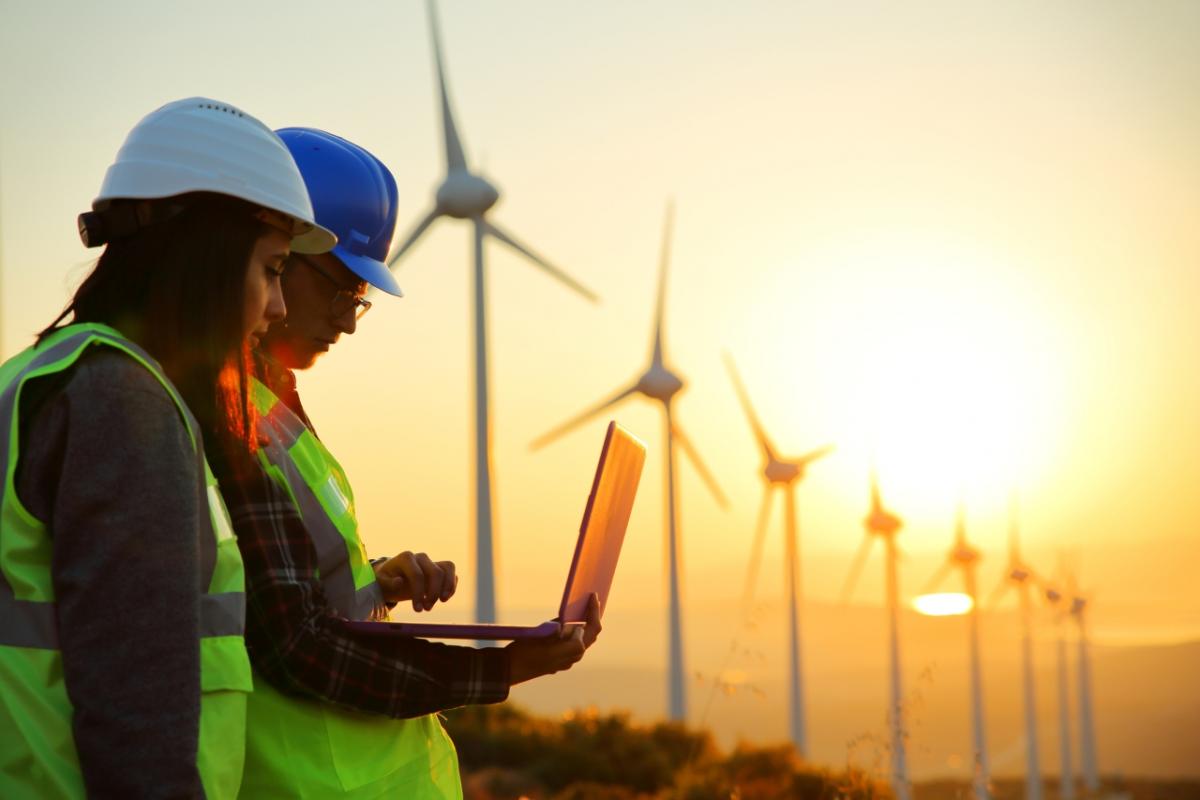The Evolving Role of Environmental Engineers in a Sustainable World
What Do Environmental Engineers Do?

The Evolving Role of Environmental Engineers in a Sustainable World
Even in EHS, technology’s been stealing the spotlight lately.
Throughout all the buzz around process automation, augmented reality visualizations, drone field data collection and renewable tech, it’s easy to get excited. (We certainly are.)
But let’s recognize those who are quietly taking these technological advances and creating real-world solutions out of them. As a sense of ecological urgency continues to rise, we wanted to celebrate those who wholly dedicate their minds to steering our world towards a more sustainable future.
Just in time for Engineers Week, join us as we take a look at how environmental engineers help us progress in a responsible way.
What Do Environmental Engineers Do?
According to the Department of Civil Engineering at Louisiana State University, the definition of environmental engineering is suitably noble: “the application of engineering principles to improve and maintain the environment for the protection of human health, for the protection of nature's beneficial ecosystems, and for environment-related enhancement of the quality of human life.”
Those tenets are really what’s at stake. Without environmental engineers, we’d have a gap between concept and actual application, leaving a chasm between problem and solution.
Throughout history, environmental engineers have been solving the challenges that enable us to function as a society. From waste management to the efficient utilization of natural resources to mitigating pollution and much, much more, the scope of their responsibilities has always been extremely broad.
“Environmental engineering in the consulting world is a hard field to explain to people because I do so many different things on a day-to-day basis,” says Layne Kortbein, environmental engineer and project professional for Antea Group. “I focus on environmental remediation and help clean up petroleum or chemical spills large and small – whether that be a spill of 300,000 gallons or 10 gallons. A lot of the projects I work on use remediation systems to treat and recover whatever was spilled, and I come in to help monitor the system effectiveness and troubleshoot whenever there’s an issue.” ... Continue reading full post and learn from more of Antea Group's engineers, here.
About Antea Group
Antea Group is an international engineering and environmental consulting firm specializing in full-service solutions in the fields of environment, health and safety, infrastructure, urban planning, and water. By combining strategic thinking and multidisciplinary perspectives with technical expertise and pragmatic action, we do more than effectively solve client challenges; we deliver sustainable results for a better future. With more than 3,200 employees in over 90 offices around the world, we serve clients ranging from global energy companies and manufacturers to national governments and local municipalities. Antea Group is a founding member of Inogen Alliance, a global network of independent consulting companies that are together by choice to collaborate around the world on EHS projects for a consistent client experience. Learn more at https://us.anteagroup.com.

